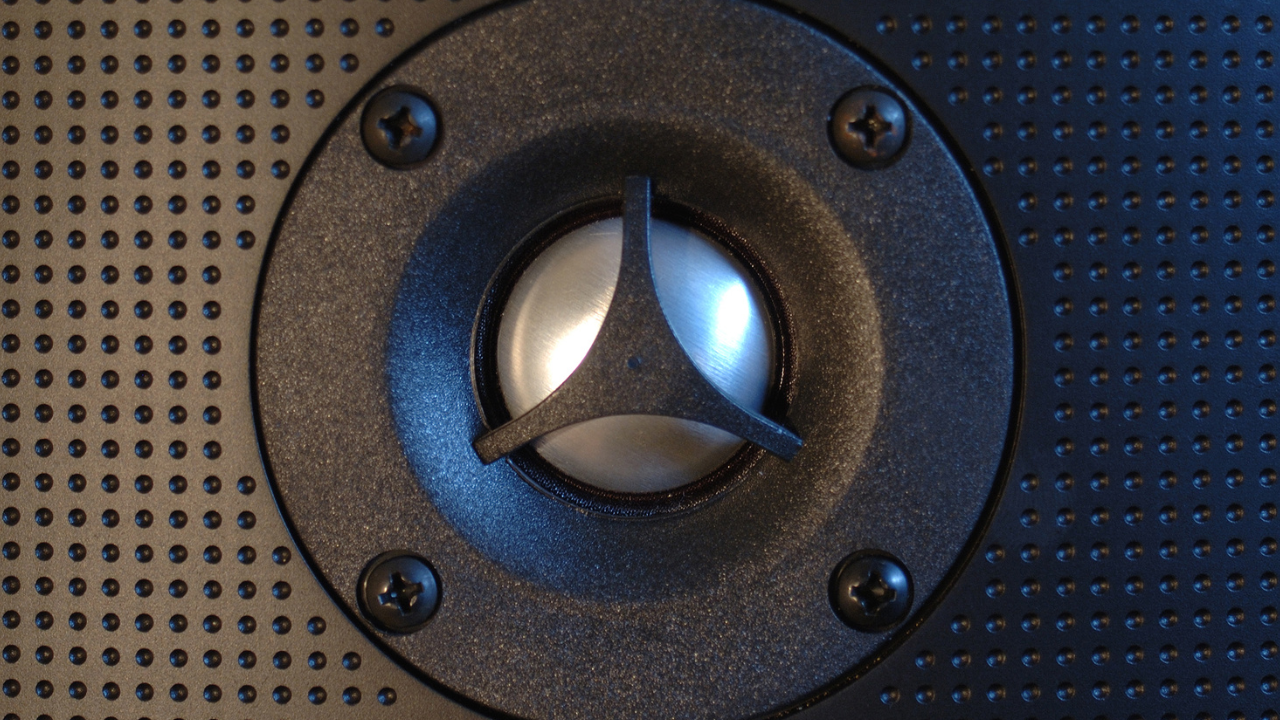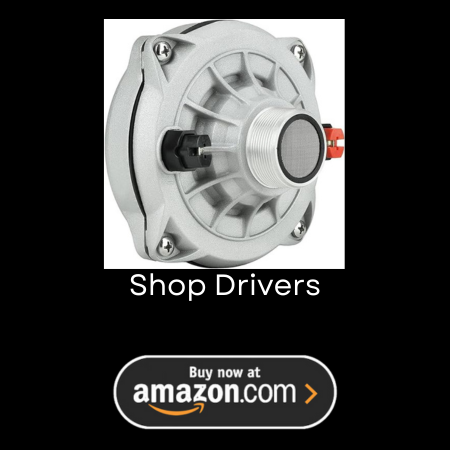When it comes to car audio, the battle for supremacy in the high-frequency domain boils down to two main contenders: tweeters and compression drivers. While both are designed to handle the upper end of the sound spectrum, they do so in markedly different ways, each with its unique strengths and applications.
Understanding Tweeters: Tweeters are small, delicate speakers specifically designed to reproduce the highest frequencies in music – typically from 2,000 Hz to 20,000 Hz. Their size and design allow for precise, detailed sound reproduction, making them ideal for capturing the subtleties in vocals and instruments like cymbals and violins. Tweeters are the go-to choice for audiophiles seeking clarity and detail in their music.
The Power of Compression Drivers: Compression drivers, in contrast, are built for power and efficiency. They are commonly used in high-energy, live sound environments, such as concerts or PA systems. With a design that focuses on projecting sound over greater distances, compression drivers can handle high sound pressure levels without distortion, making them suitable for louder settings where clarity at high volumes is paramount.
Comparative Analysis: While tweeters excel in providing crystal-clear high frequencies at normal listening levels, compression drivers stand out in environments where volume and durability are crucial. The choice between the two largely depends on the intended use – a serene, detail-oriented listening experience calls for tweeters, whereas a robust, high-volume environment is the domain of compression drivers.
Installation Considerations: In car audio systems, space and integration with other components are crucial. Tweeters are easier to install due to their smaller size, often finding a place in the car’s dashboard or door panels. Compression drivers, being larger, require more space and are thus less common in standard car audio setups.
Conclusion: Whether to choose a tweeter or a compression driver boils down to your audio priorities. Are you seeking the finesse of detailed high frequencies, or do you need the resilience and power of a compression driver for a more robust audio experience? Understanding these differences is key to tailoring your car audio system to your specific needs and preferences.




